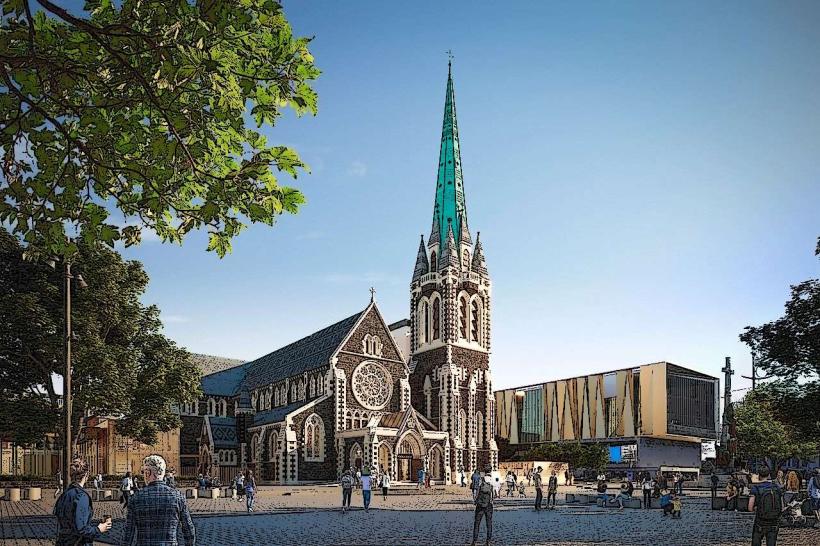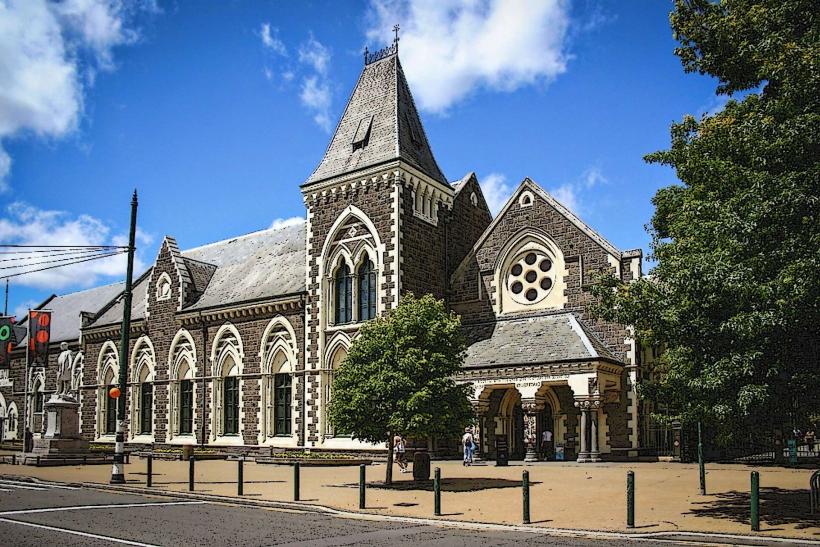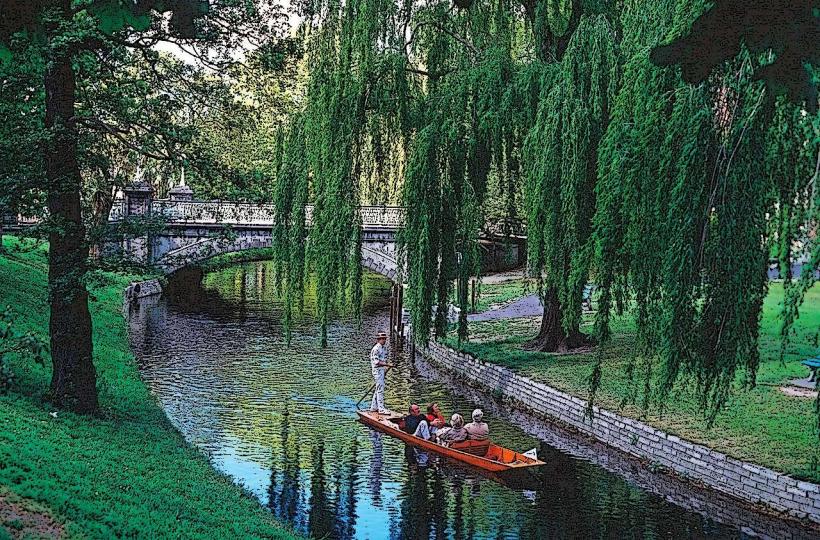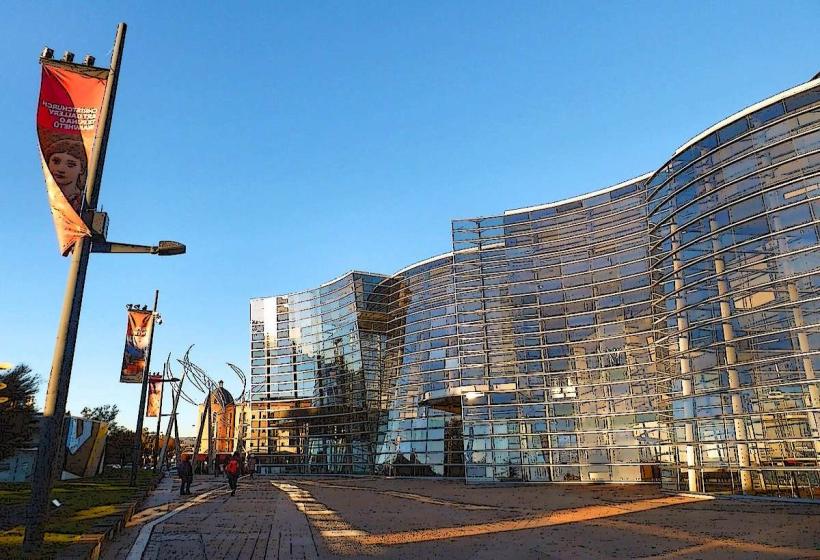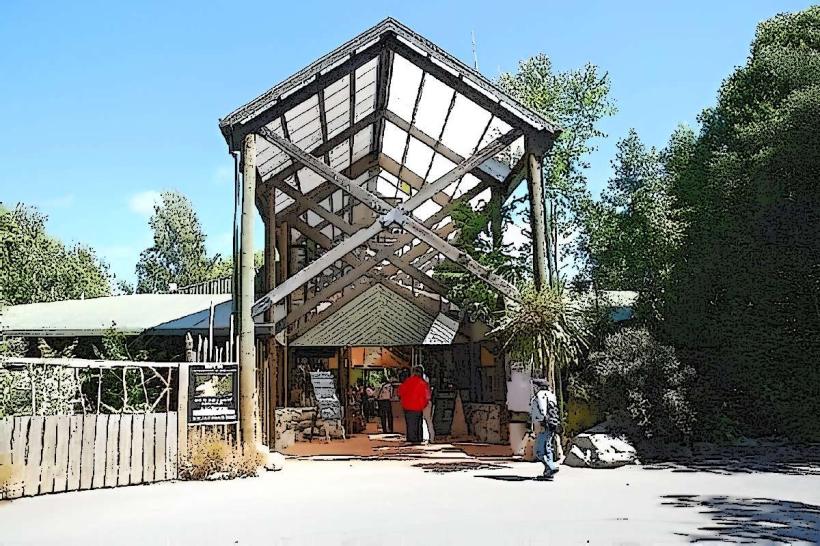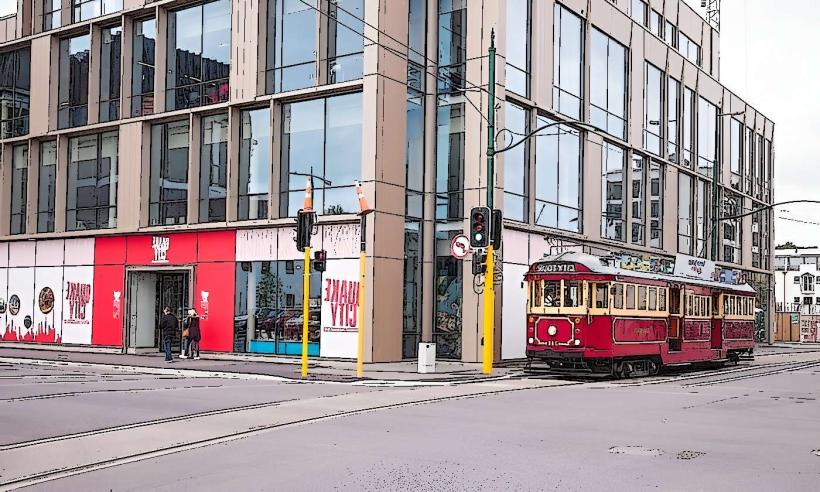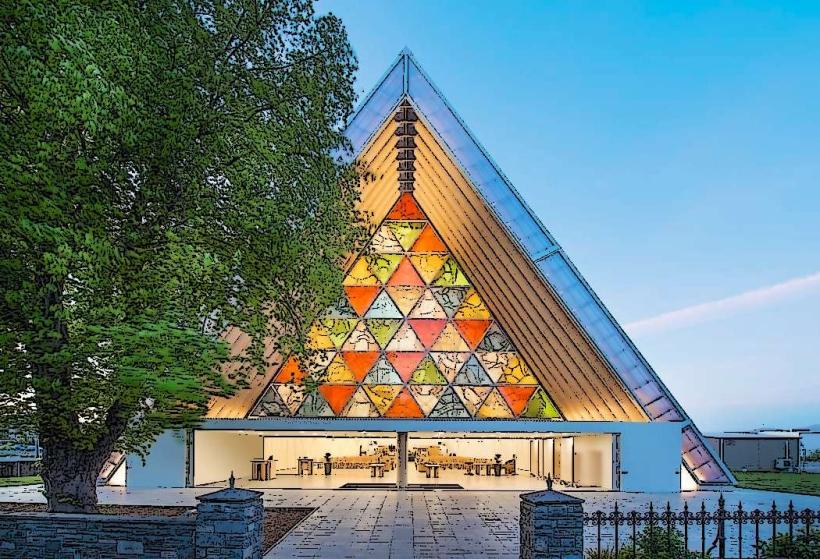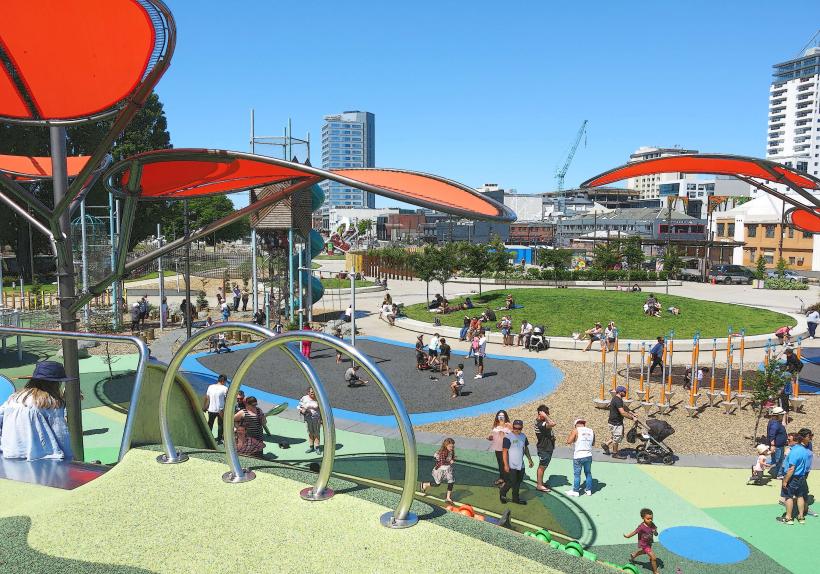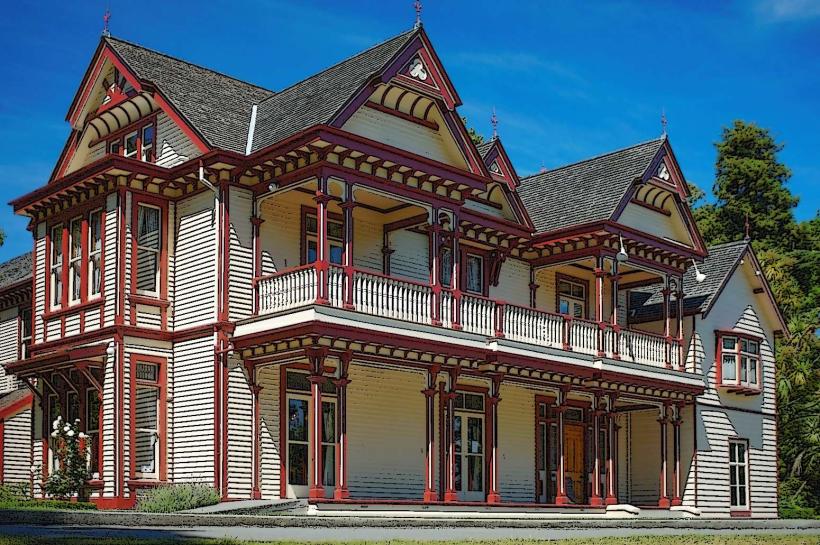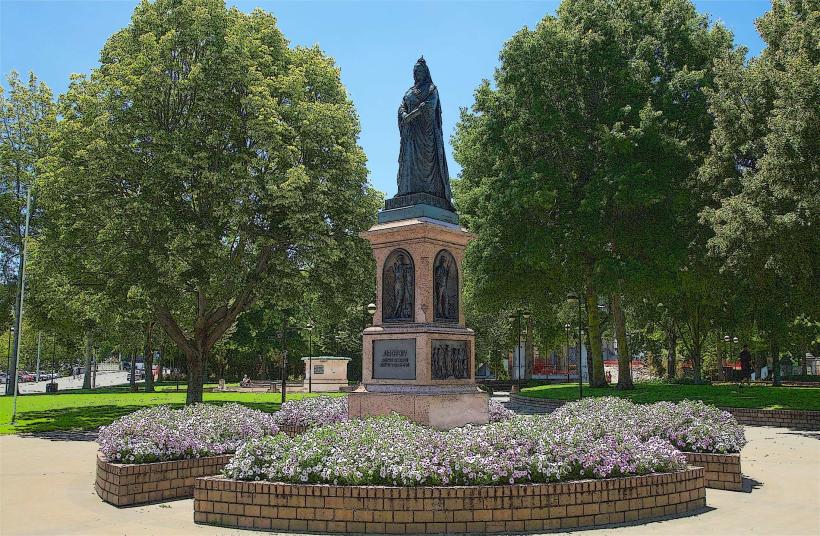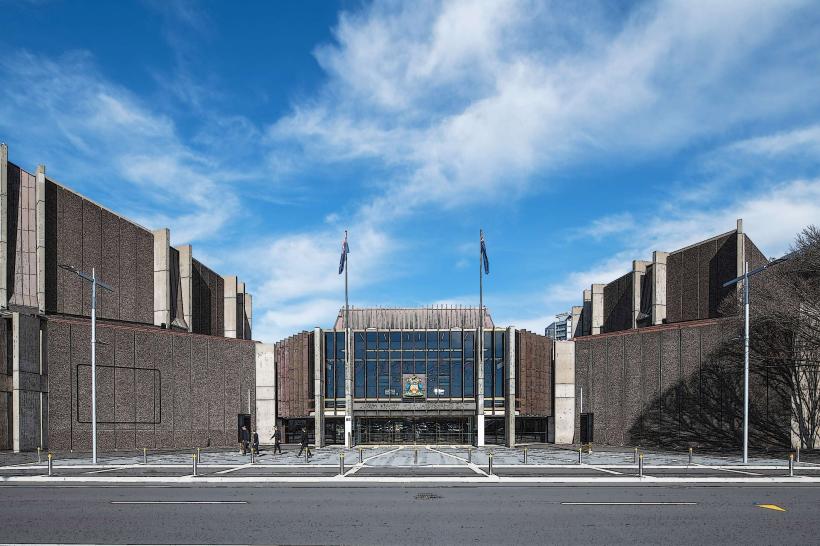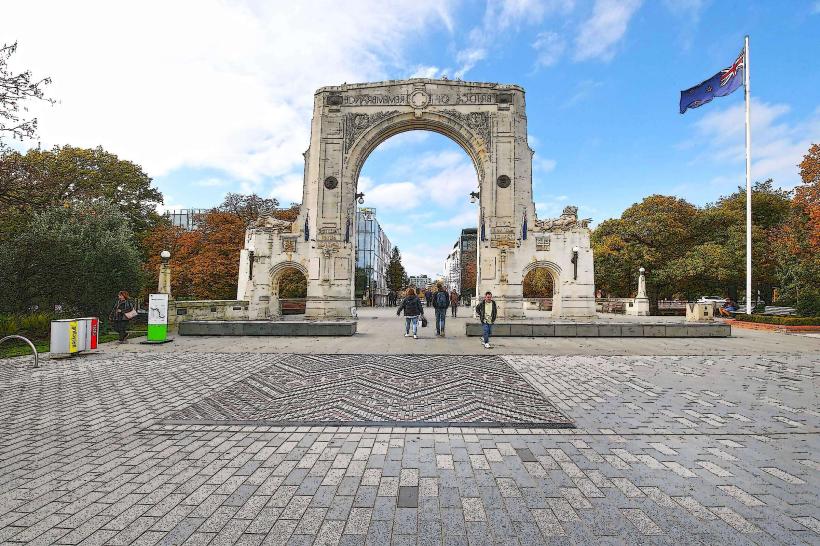Information
Landmark: Canterbury Earthquake National MemorialCity: Christchurch
Country: New Zealand
Continent: Australia
The Canterbury Earthquake National Memorial is a significant site in Christchurch, New Zealand, commemorating those who lost their lives in the 2011 Canterbury Earthquake and honoring the resilience and strength of the community in the aftermath of the disaster. The earthquake, which struck on February 22, 2011, caused widespread devastation across the city and the surrounding region, leading to significant loss of life and property. The memorial serves as a place of reflection, remembrance, and healing for those affected by the event.
Key Features of the Canterbury Earthquake National Memorial:
1. Location
The Canterbury Earthquake National Memorial is located in the central business district (CBD) of Christchurch, New Zealand, along the Avon River, near the Bridge of Remembrance.
The memorial occupies a prominent spot near the heart of the city, offering both residents and visitors a place of peace and contemplation in a location that is close to the historical and emotional center of the earthquake’s impact.
2. Purpose and Significance
The primary purpose of the memorial is to honor the 185 people who lost their lives during the Canterbury Earthquake and its aftershocks, as well as those who were affected by the event in other ways, including the injured, the first responders, and the survivors.
It serves as a tribute to the resilience and recovery of Christchurch and its people, showcasing the city's strength in coming together in the wake of such a devastating event. The memorial also plays a role in acknowledging the ongoing recovery and rebuilding efforts in the years following the disaster.
3. Design and Structure
The memorial's design incorporates several symbolic elements meant to reflect the themes of loss, resilience, and remembrance.
The Reflective Pools: At the center of the memorial, there are two reflective pools that symbolize the passing of time since the event and provide a space for quiet reflection. The pools create a serene environment, where visitors can contemplate the impact of the earthquake and its aftermath.
The Wall of Names: One of the most poignant features of the memorial is the wall of names, which is engraved with the names of the 185 people who died as a result of the earthquake. This wall serves as a permanent tribute to those who lost their lives, providing a space for families, friends, and the public to remember them.
The Memorial Plaza: The plaza surrounding the memorial is designed as a tranquil space for reflection and remembrance, with carefully placed seating areas for visitors to pause and pay their respects. The plaza is landscaped with native plants and trees, adding to the serene atmosphere of the site.
Sculpture and Symbolism: The memorial features sculptures and symbolic elements that convey the emotions and stories of the earthquake. The steel sculpture located at the memorial site is designed to symbolize the destruction caused by the earthquake and the hope and rebuilding that followed.
Lighting and Nighttime Experience: The memorial is designed to be accessible at all times, and it takes on a different atmosphere at night with special lighting that illuminates the sculptures and walls, creating a contemplative space for those visiting after dark.
4. Accessibility
The Canterbury Earthquake National Memorial is designed to be a public space that is easily accessible to all. It is located along the Avon River, a well-trafficked area in the central city, ensuring that the site is visible and easily reachable by foot, bike, or public transport.
The memorial is open year-round and can be visited at any time. The nearby walking paths along the river make it a pleasant location for a leisurely stroll while paying respects to those remembered at the site.
5. Ongoing Connection to the Community
The memorial is not just a static site but also serves as a place for the community to gather for ongoing events, such as memorial services, anniversaries, and reflection days. On significant dates, such as the anniversary of the earthquake, public ceremonies and events are often held at the memorial to honor the victims and acknowledge the progress made in recovery.
The memorial is also linked to the broader recovery efforts in Christchurch, serving as a focal point for community healing and unity in the wake of the disaster. Visitors can learn more about the event and the resilience of the city through educational plaques and information boards near the site.
6. Educational and Interpretive Elements
The memorial also includes interpretive signage and educational materials that explain the significance of the site, the events of the 2011 earthquake, and the recovery journey of Christchurch.
Information about the impact of the earthquake on the city, the stories of the individuals who were affected, and the rebuilding efforts can be found at the memorial, helping to educate visitors about the disaster's long-lasting effects and the steps taken to restore the city.
7. Community Healing
The memorial plays a significant role in the ongoing healing process for those affected by the earthquake, whether directly or indirectly. It provides a physical space for reflection and remembrance, offering solace to people who experienced the tragedy and to those who want to honor the victims and survivors.
Support services and counseling are often available to those visiting the memorial, ensuring that people who are affected by the memories of the event have access to resources that help them cope with the emotional impact.
8. Cultural and National Importance
The Canterbury Earthquake National Memorial is a key site of national importance in New Zealand, as it commemorates a major event in the country's history. The memorial has a cultural significance for all of New Zealand, as the earthquake and its aftermath impacted not only Christchurch but also the entire nation.
It reflects the broader national spirit of resilience and recovery, representing New Zealand's capacity to overcome adversity and rebuild after such a traumatic event.
Summary
The Canterbury Earthquake National Memorial in Christchurch stands as a powerful tribute to the lives lost in the 2011 Canterbury Earthquake, honoring the victims, survivors, and the strength of the local community. The memorial's design, which includes reflective pools, a wall of names, sculptures, and a serene plaza, offers a space for contemplation, remembrance, and healing. It is a place where people can pay their respects, learn about the impact of the earthquake, and reflect on the ongoing recovery process. As both a cultural and educational site, it is a vital part of Christchurch's recovery and a symbol of resilience for the entire country.

